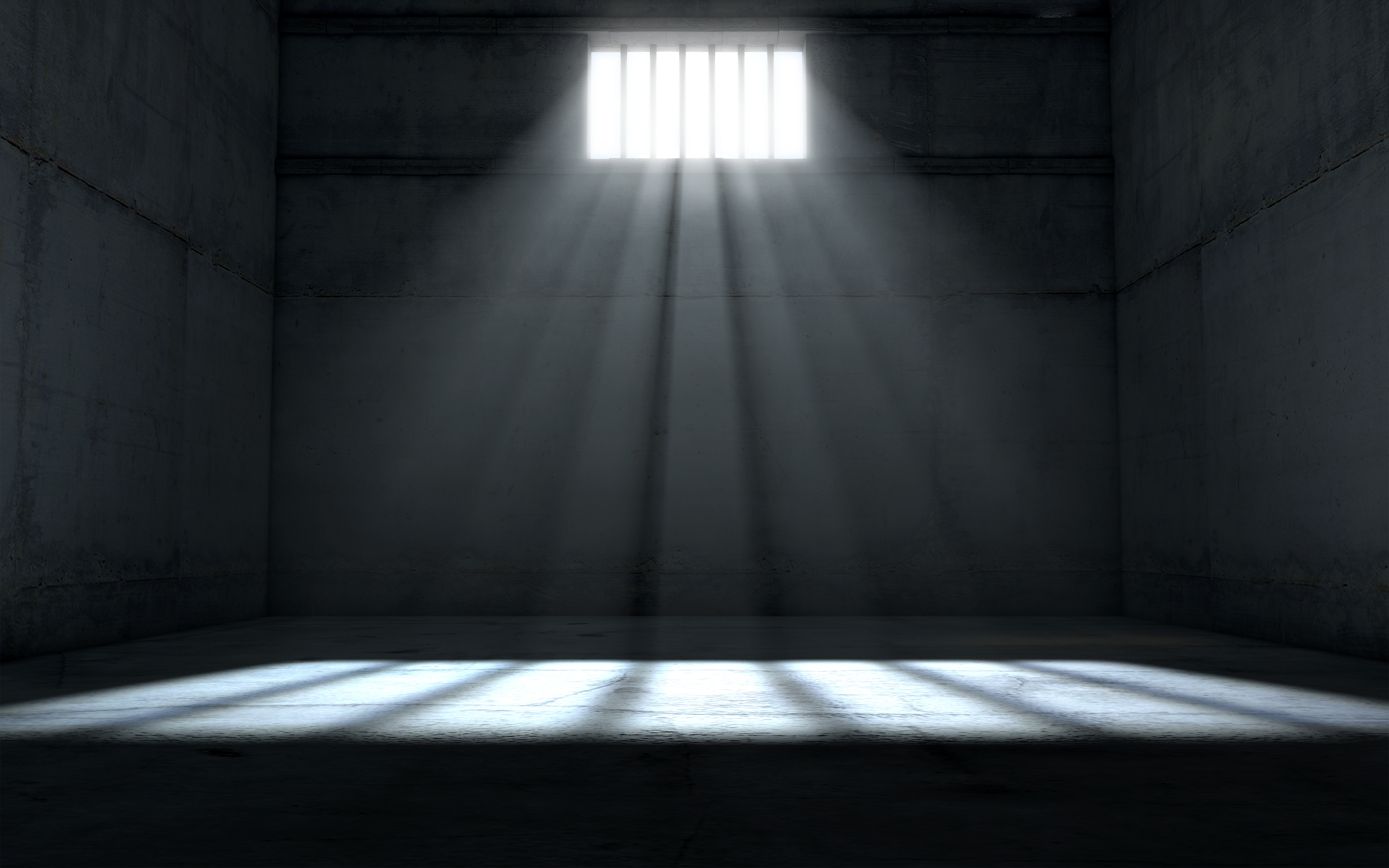|
Getting your Trinity Audio player ready...
|
Nearly a quarter of Alabama’s incarcerated population is older prisoners, placing strains on an already faltering correctional system and making it harder to manage prisons as a result, according to the results of a recent study from Alabama Appleseed.
The study, released earlier this month, shows that older incarcerated individuals are no longer a small group within the total prison population but a substantial cohort whose growth dwarfs the also increasing general prison population.
Over five decades beginning in the 1970s, the percentage of incarcerated individuals aged 50 and above in state prisons increased by 3,640 percent, compared to a general population increase of 607 percent.
“Alabama’s reliance on life imprisonment for a wide range of offenses has resulted in soaring numbers of older, incarcerated people trapped in prison until death,” The report reads. “The costs are enormous, simultaneously draining state resources and impacting the ability of the Alabama Department of Corrections to effectively manage prisons.”
Only 181 individuals over the age of 50 were imprisoned in Alabama’s correctional system in the early 1970s, according to the report, with that number now over 6,750. At the turn of the millennium, 85 individuals over the age of 60 were incarcerated in state prisons, with the current number now at 2,393.
The average daily cost system-wide for incarcerated individuals has more than doubled over the last two decades due to the “explosion of older individuals in prison,” the report shows, with the average daily cost to the state in 2000 being $25.47, or approximately $9,300 per year. That cost now is $82.64, well over $30,000 per year, for the state’s entire prison population, due in part to the healthcare needs of an incarcerated population heavily made up of elderly individuals.
Medical services are the second-highest expense for the ADOC on its annual state budget behind payment for its personnel, costing the state $184.9 million in 2021, with the expense a clear result of the aging incarcerated population. A six-month contract with Wexford Health Services, the longtime primary health service provider for the ADOC, worth $117,800,000 was allowed to move forward in early September.
Elderly incarcerated individuals have also pushed the average age within state prisons upwards: In 2008, the average age of an incarcerated individual was 37, with the average age in 2021 at 42.
Hamilton Aged and Infirmed Facility, the Alabama Department of Corrections’ specialized care facility for elderly incarcerated individuals, has a designed capacity for only 123 incarcerated individuals, with the latest month-end total at 254. The Marion County facility is also a medium security prison, meaning individuals sentenced to life without parole cannot be held there.
As longer treatment times overburden medical units within correctional facilities, the percentage of individuals receiving off-site medical care has more than doubled since 2014 due to the required medical care of an older prison population, according to the report.
“Prisons are perilous places to grow old, with scarce specialized resources to address the needs of the frail, the wheelchair-bound, and those with dementia or other age-related ailments,” the report reads. “The chronic violence, assaults, weapons, illicit drugs, and staff corruption documented by the DOJ mean Alabama’s prisons are more cruel and dangerous for elders than most despite the increased costs.”
The report suggests legislation to allow judicial review for individuals serving life, either with or without parole under Alabama’s Habitual Felony Offender Act, and the expansion of medical furloughs for elderly incarcerated individuals.
“Understanding the unsustainable nature of Alabama’s aging prison population— and how the situation has reached a boiling point— exposes the necessity of comprehensive short and long term reform,” the report reads. “Without reform, current trends indicate the uncontrollable expense of punishing thousands of people until they die will have severe consequences both for state budgets and prison safety.”



















































